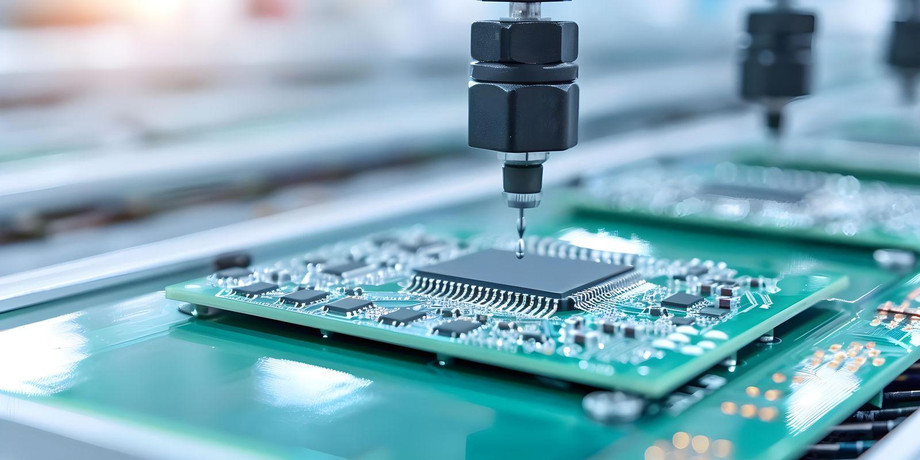In the fast-paced world of electronics, efficiency and precision are paramount. One of the most significant advancements that has shaped modern electronics manufacturing is surface mount technology (SMT). This technique has transformed how components are attached to circuit boards, enabling faster production, reduced costs, and smaller device sizes. In this blog, we’ll explore what surface mount technology is, its advantages, and its impact on the electronics industry.
What is Surface Mount Technology?
Surface mount technology refers to the method of mounting electronic components directly onto the surface of printed circuit boards (PCBs). Unlike traditional through-hole technology, where components are inserted into drilled holes and soldered from the opposite side, SMT components have small leads or pads that are soldered directly onto the surface of the board.
Advantages of Surface Mount Technology
-
Compact Size: One of the most significant benefits of SMT is the ability to create smaller and lighter devices. Since surface mount components are generally smaller than their through-hole counterparts, they allow for more compact designs, making them ideal for portable electronics.
-
Higher Density: With the capability to place components on both sides of the PCB, surface mount technology enables higher component density. This means that more functions can be integrated into a smaller space, which is crucial for modern devices.
-
Automated Production: SMT is highly compatible with automated manufacturing processes. Automated pick-and-place machines can quickly and accurately place thousands of components on PCBs, significantly speeding up production and reducing labor costs.
-
Improved Performance: The shorter electrical paths provided by surface mount components can lead to improved signal integrity and performance. This is particularly important in high-frequency applications, where longer leads can introduce unwanted inductance and capacitance.
-
Cost-Effectiveness: While the initial investment in SMT equipment may be higher, the reduction in labor costs and material waste often leads to lower overall production costs. Additionally, the ability to use smaller components can further drive down costs.
Challenges of Surface Mount Technology
Despite its many advantages, SMT does come with some challenges. The smaller size of components can make them more difficult to handle and solder, requiring precise manufacturing processes and skilled technicians. Furthermore, repair and replacement of SMT components can be more challenging compared to through-hole components, often requiring specialized equipment.
The Future of Surface Mount Technology
As technology continues to advance, the future of surface mount technology looks promising. Innovations such as flexible electronics, 3D printing, and advanced materials are pushing the boundaries of what is possible in PCB design and manufacturing. Moreover, with the rise of Internet of Things (IoT) devices and wearables, the demand for compact and efficient electronics is only expected to grow.
Conclusion
Surface mount technology has undeniably revolutionized the electronics manufacturing landscape. Its advantages in size, density, and automation have made it the preferred choice for many applications, from consumer electronics to complex industrial machinery. As the industry continues to evolve, SMT will remain at the forefront, driving innovation and efficiency in electronic design and production.

